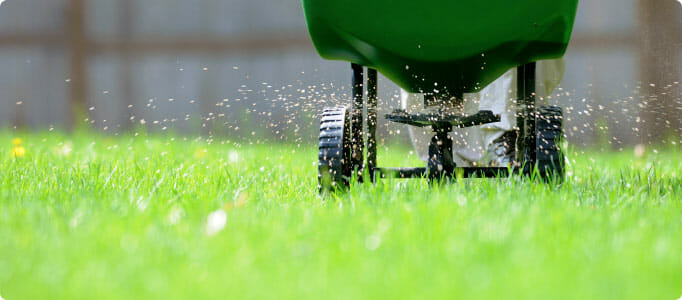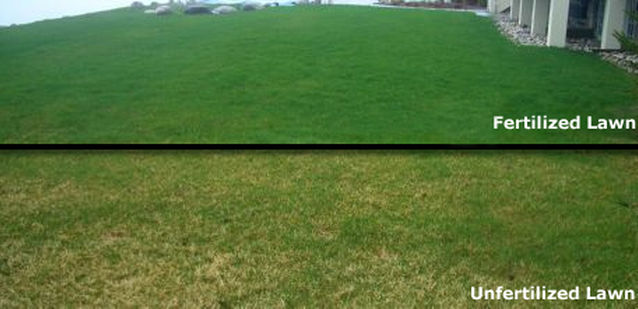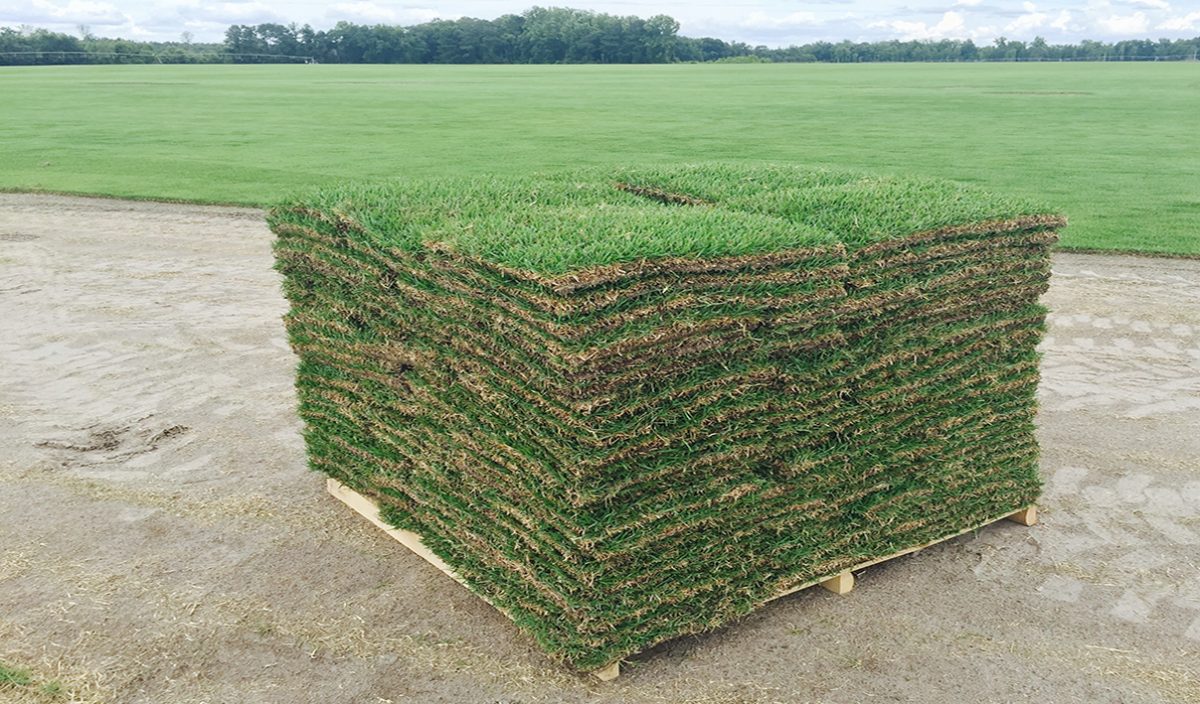
GET YOUR LAWN ITS NUTRIENTS
It is becoming clear that alternatives to traditional granular fertilizers exist today. Advanced research and new technology have led to the development of liquid fertilizers worthy of serious consideration.
It is worth noting that the original fertilizers were basic manure from livestock or burned ash spread over fields. Luckily, homeowners today have many less primitive and less odorous options at their disposal. Synthetic granular and liquid fertilization products are either dry coated granules of individual elemental compounds mixed together in a bag or water-soluble elemental compounds mixed together in a bottle.

Regardless of the delivery method, these products focus primarily on delivering the three big nutrients that plants need, as denoted by the three numbers you see on bags and bottles of fertilizer, representing the % of each element present in the formulation.
- Nitrogen (N)
- Phosphorus (P)
- Potassium (K)
Nitrogen is unique because, unlike Phosphorus and Potassium, which are naturally present on earth in mineral compounds, it is only naturally present because it is the most abundant gas in our atmosphere. Nitrogen must be combined with Hydrogen to form ammonia, which is then used to create the fertilizers we apply to our lawns as either urea (the most common and cheapest form) or oxidized nitrate fertilizer. Ultimately, Nitrogen gets used in a multitude of metabolic functions of plants, including the formation of amino acids, which are the building blocks of plant protein. You literally see nitrogen at work in the beautiful green color of plant tissue and healthy leaf growth.
Vigorous root growth and enhanced plant vitality can be attributed to Phosphorus. Careful application is essential because it is often abundantly found in soils. Starter fertilizers will include Phosphorus to ensure new sod or seed will put down roots and establish fast.
Potassium plays a key role in photosynthesis by regulating intake of Carbon Dioxide and helping move proteins, water, and other nutrients throughout the plant. In addition to the big three macronutrients, there are a number of other essential micronutrients that play a role in plant health such as carbon, calcium, iron, manganese, copper, magnesium, sulfur, and zinc which all support various metabolic functions of plant health.
One would think if you just applied all of these elements, a great lawn would result. Unfortunately, it isn’t quite that easy. Three critical, often ignored factors can have a large effect on the efficacy of fertilizer. The first is soil pH, the second is the differing needs of the individual elements depending on the plant, and the third is ionic chemistry.

All of these topics could be the focus of their own feature. That said, a quick summary of these factors explain why liquid fertilizers can have an edge in each of these categories.
The pH level in soils have a direct impact on a plant’s ability to take in various elements, which is why pH levels are so essential to plant health. Luckily, with a pH ranging roughly from 6.5 to 7.5, the macro and micronutrient uptake potential is pretty high across all elements. Venture into a pH of 8.5 and they fall precipitously for Nitrogen, Phosphorous, Iron, Manganese, Boron, Copper, and Zinc. When pH is low starting at 6.0, Nitrogen, Potassium, Calcium, and Magnesium efficiency begin to take a dive. The bottom line is always keep your pH in check for best results. This can easily be done with an at-home soil test or by sending a sample to a nearby extension service or university soil lab.
Soil tests will also let you know what nutrient deficiencies you may have in your soil. All plants have a genetic yield potential that can be reached when the right nutrients are available at the right time. However, in order to be available to the plant, they must first be broken down into a liquid form small enough to be absorbed by the root system or leaves. When you apply a granular product, the granules sit in the soil waiting for water and microbes to break them down so they can be eventually taken in by the plant. When pH or microbial population levels are not right, this process does not happen efficiently or, even worse, may be completely halted. Fortunately, that is not the case with liquid fertilizers. They are broken down small enough to be absorbed directly into the plant tissue of leaves and roots without external action.
Achieving your best lawn can happen with either granular or liquid products.

